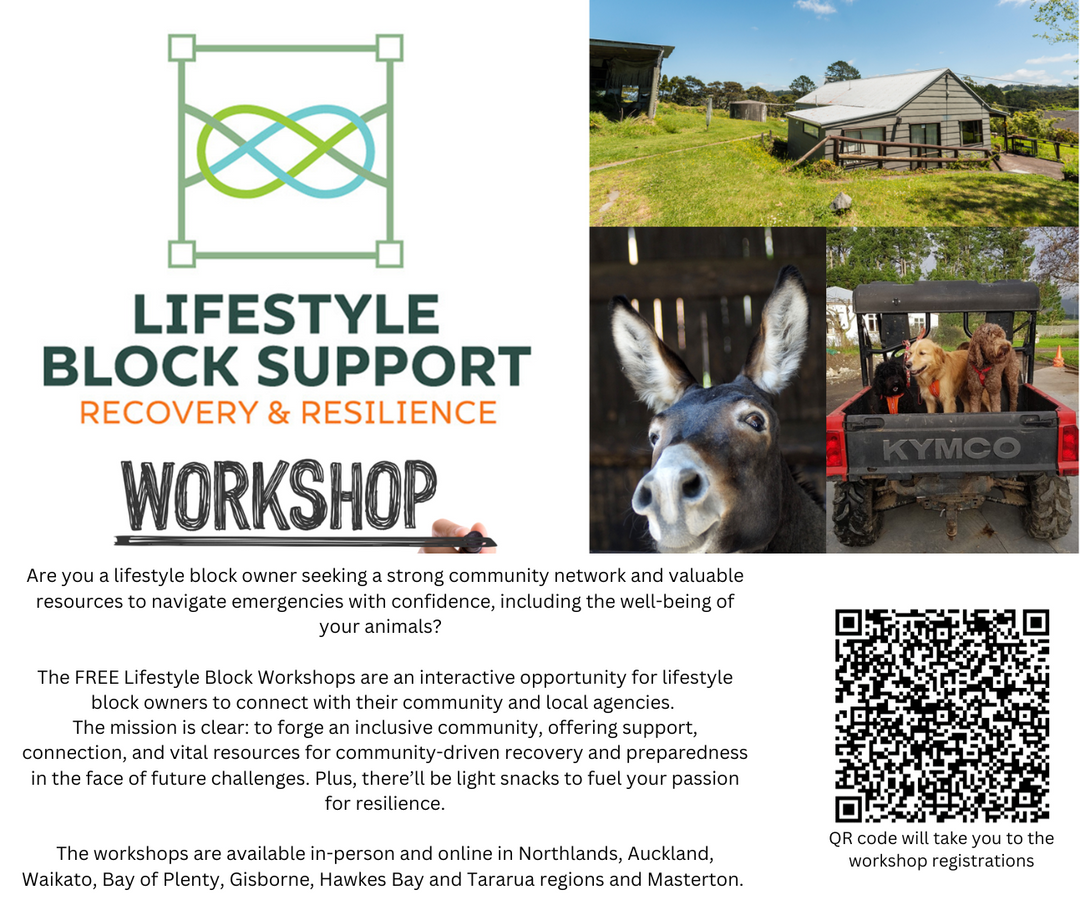Navigating the New Normal: Emergency Preparedness in the Face of Record-Breaking Temperatures
Introduction:
As we step into a future marked by unprecedented climate events, the recent annual climate summary from NIWA (National Institute of Water and Atmospheric Research) for 2023 serves as a stark reminder of the challenges we face. The report reveals critical insights into the changing climate patterns that demand our attention and proactive response. In this blog post, we aim to unpack the facts from NIWA's Annual Climate Summary for 2023, delve into the implications for the future, and emphasize the need for businesses and households to have a well-thought-out plan in place.
Understanding the Climate Realities:
The NIWA's annual climate summary for 2023 paints a vivid picture of our changing world. It highlights temperature anomalies, shifts in precipitation patterns, and other climatic indicators that underscore the urgency of adapting to the evolving environmental landscape. From rising temperatures to altered rainfall patterns, the report provides a snapshot of the challenges we must navigate.
The Likelihood of More Severe Weather Events:
As we reflect on the findings of the NIWA report, it becomes evident that the likelihood of more severe weather events is a reality we cannot ignore. Increased temperatures contribute to the intensification of storms, heightened risks of flooding, and a range of other weather-related challenges. From prolonged heatwaves to unexpected deluges, communities must brace themselves for a spectrum of climate-related events that could impact both urban and rural areas.
The Imperative for Preparedness:
Now, more than ever, businesses and households must recognise the imperative of having a comprehensive emergency plan. The changing climate brings with it a set of unique challenges that necessitate a proactive and adaptive approach to emergency management. Here are key considerations for both businesses and households:
For Businesses:
-
Supply Chain Resilience:
- Evaluate and strengthen the resilience of your supply chain against potential disruptions caused by extreme weather events.
- Diversify suppliers and establish contingency plans to ensure business continuity.
-
Infrastructure Preparedness:
- Assess the vulnerability of your infrastructure to climate-related risks such as flooding, storms, and heatwaves.
- Implement infrastructure improvements to enhance resilience and protect critical assets.
-
Employee Training and Well-being:
- Provide comprehensive training for employees on emergency response protocols and evacuation procedures.
- Prioritise employee well-being by offering support services and resources to cope with the mental and physical impact of climate-related events.
For Households:
-
Emergency Kits and Plans:
- Assemble and regularly update emergency survival kits that cater to the specific needs of your household.
- Develop and practice evacuation plans, ensuring that all family members are familiar with emergency procedures.
-
Community Engagement:
- Engage with local community initiatives focused on climate resilience and emergency preparedness.
- Foster a sense of community through mutual support and information sharing.
-
Stay Informed:
- Stay informed about local climate patterns and weather forecasts to anticipate potential risks.
- Utilise technology and communication channels to receive timely alerts from relevant authorities.
Conclusion:
The NIWA's annual climate summary for 2023 provides a roadmap for businesses and households to navigate the uncertain terrain of our changing climate. By acknowledging the realities of climatic shifts, prioritising preparedness, and fostering a resilient mindset, we can collectively weather the storm. Here at The Survival Co, we feel it is our responsibility to empower our community, ensuring they are not just prepared for the challenges of today but also resilient in the face of the climate uncertainties of tomorrow.




